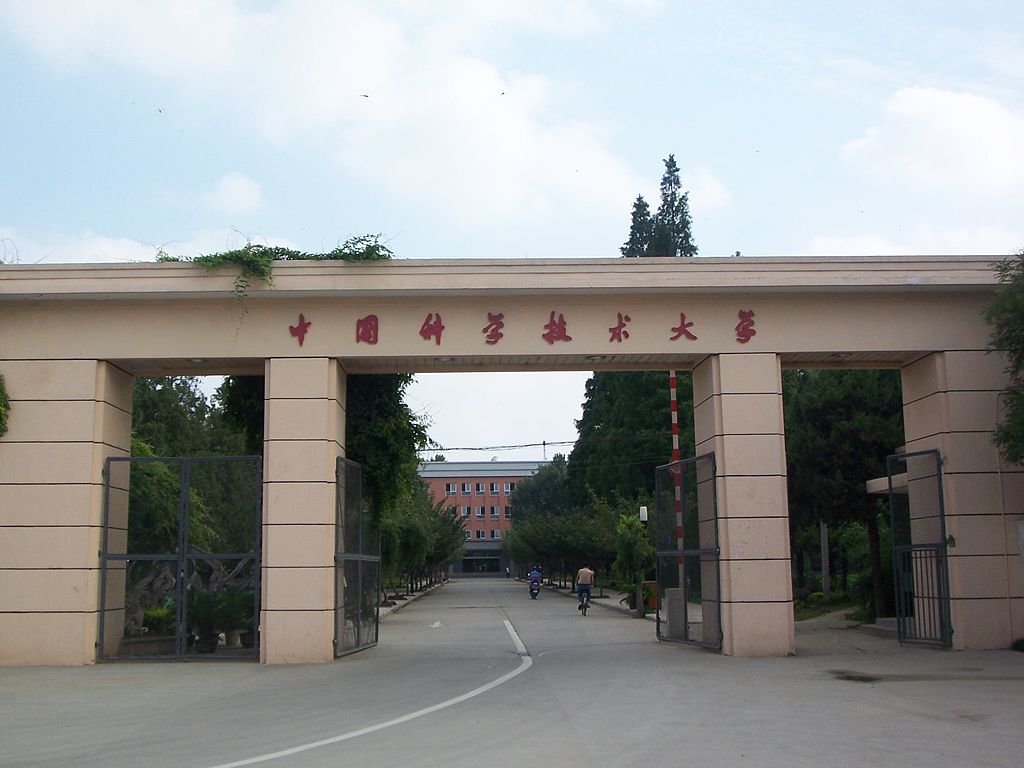Antimony sulfide-selenide Sb2(S, Se)3 is a promising material to manufacture a new kind of solar cell due to its abundance in nature, non-toxicity, good stability with regard to moisture at elevated temperatures, and suitable physical parameters for light absorption. However, solar cells produced with this material have thus far had low efficiencies, ranging from 5% to 7.5%. And this has discouraged industrial adoption.
Researchers from the University of Science and Technology of China claim to have developed a new manufacturing technique to produce high-quality Sb2(S,Se)3 films for application in solar cells based on this material. They presented their findings in “Manipulating the Electrical Properties of Sb2(S,Se)3 Film for High-Efficiency Solar Cell,” recently published in Advanced Energy Materials. They describe the new technique as a hydrothermal method for the direct deposition of Sb2(S,Se)3 films.
They fabricated the film by using using antimony potassium tartrate (APT), sodium thiosulfate (Na2S2O3, STS), and selenourea (SU). They also used cadmium sulfide (CdS) fabricated by chemical bath deposition (CBD) on an f-doped tin dioxide (FTO) coated glass as an electron-transporting layer. The hydrothermal deposition was performed at 130 C for two hours.
In the process, ethylenediaminetetraacetic acid (EDTA) was used to regulate the reaction system, which allowed the film to have a compact and flat surface morphology. The addition of EDTA, the researchers explained, increased the film’s average grain size from 600 nm to 700 nm, which in turn raised its conductivity and electrical properties. The film has an efficiency of 10.5%, an open-circuit voltage of 664 mV, a short-circuit current of 23.8 mA cm−2, and a fill factor of 66.3%.
“We conclude that the conductivity of Sb2(S,Se)3 film is increased and accompanied by an increase of carrier density with the assistance of EDTA, which is also confirmed by capacitance–voltage (C–V) measurement,” the academics said. “In conclusion, we have developed an effective approach to fabricating high-quality Sb2(S,Se)3 film for solar cell applications.”
This content is protected by copyright and may not be reused. If you want to cooperate with us and would like to reuse some of our content, please contact: editors@pv-magazine.com.




Sir,
Ned to know
a) how the film was manufactured IE the manufacturing process
b) weather the process is patented
c) can we buy the technology
d) the typical flow scheme
e) the equipment involved
f) the contact persons